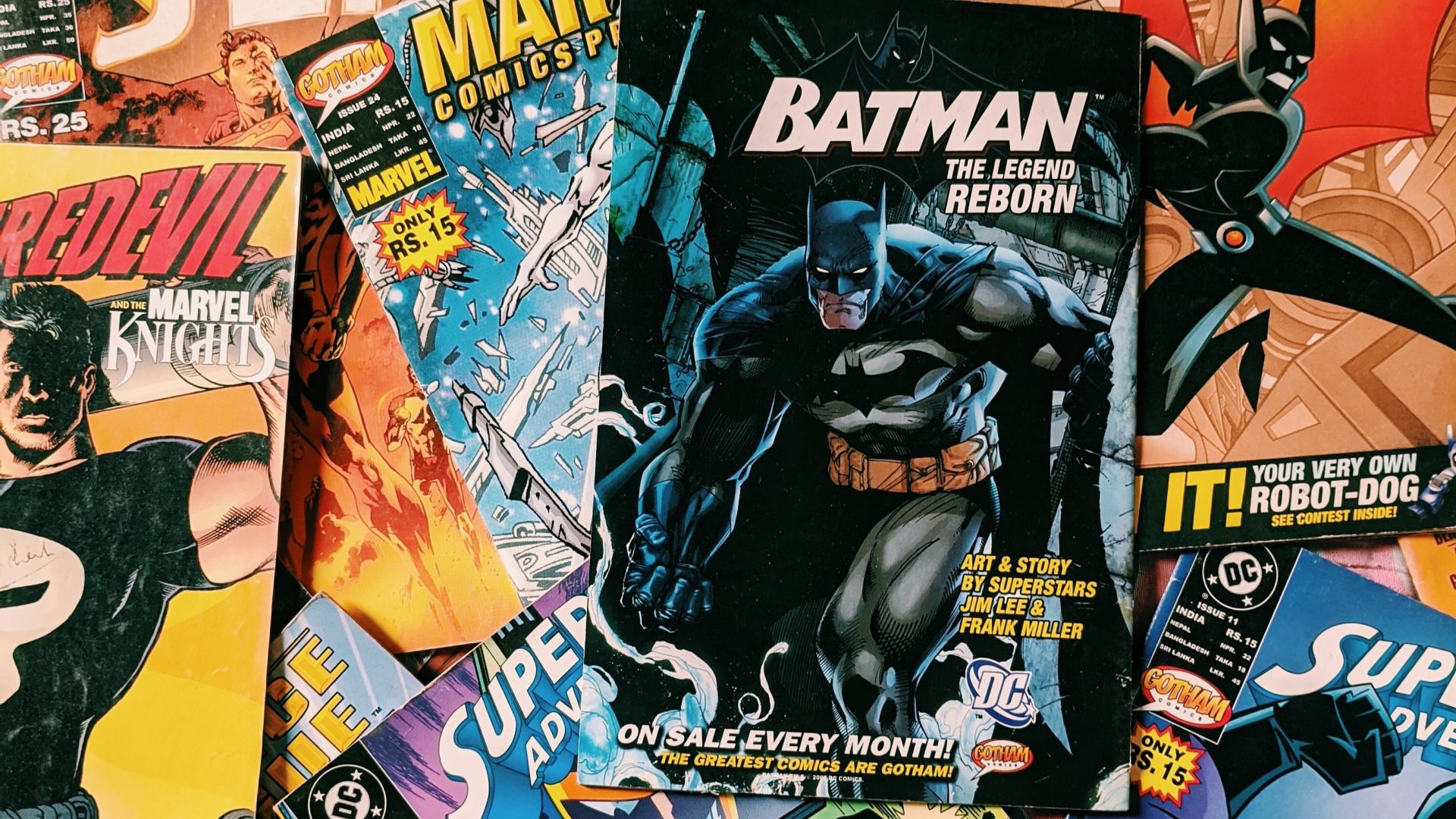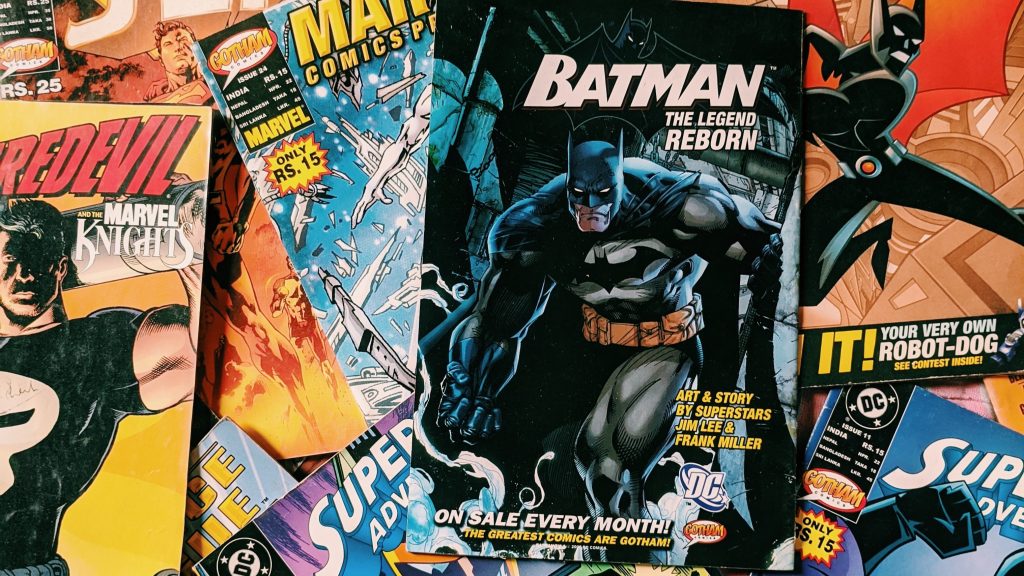The Best Graphic Novels
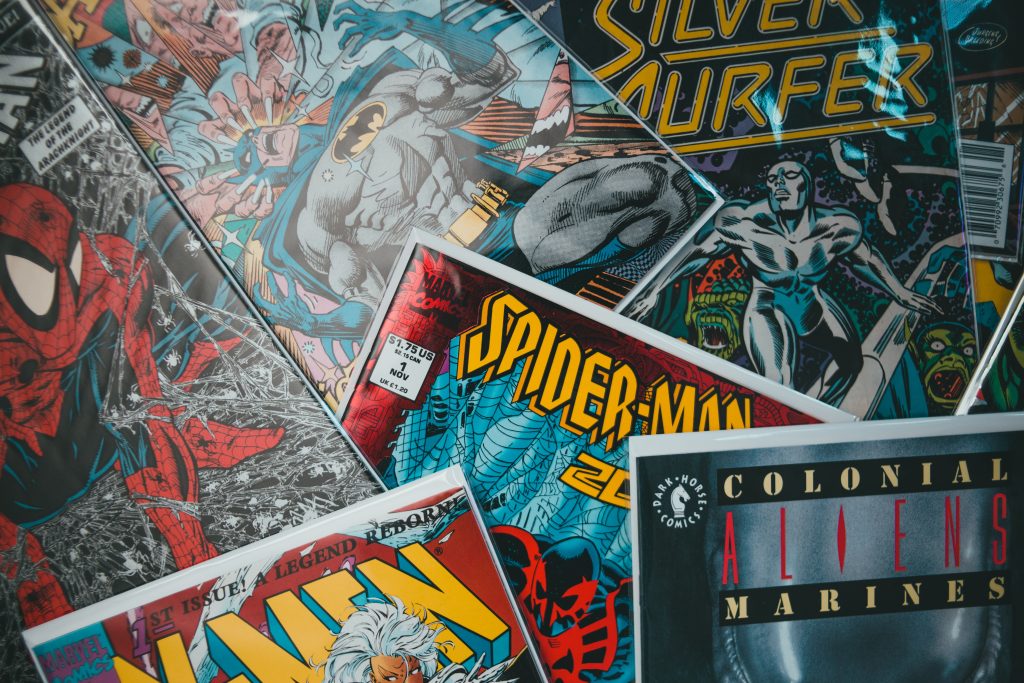
Graphic novels are a potent cocktail of literature and art. Evolving from their humble comic book origins, they’ve become a serious literary form, even winning awards like the Pulitzer. These are not just books with pictures; they are a dynamic narrative force.
If you are new to the genre, you may be overwhelmed about where to start. Don’t worry, The Cultured Nerd has you covered. From classics to modern achievements, here are our handpicked recommendations for the best graphic novels of all time.
Disclaimer: The Cultured Nerd may receive a commission on purchases placed through its retail links.
The Best Classic Graphic Novels
The classics are where the roots of graphic novels find fertile ground. These are the series that took storefront comics to a new level, reshaping the landscape of literature. These pioneering works redefined the boundaries of storytelling, each serving as a testament to the potential of the graphic novel format.
Watchmen by Alan Moore
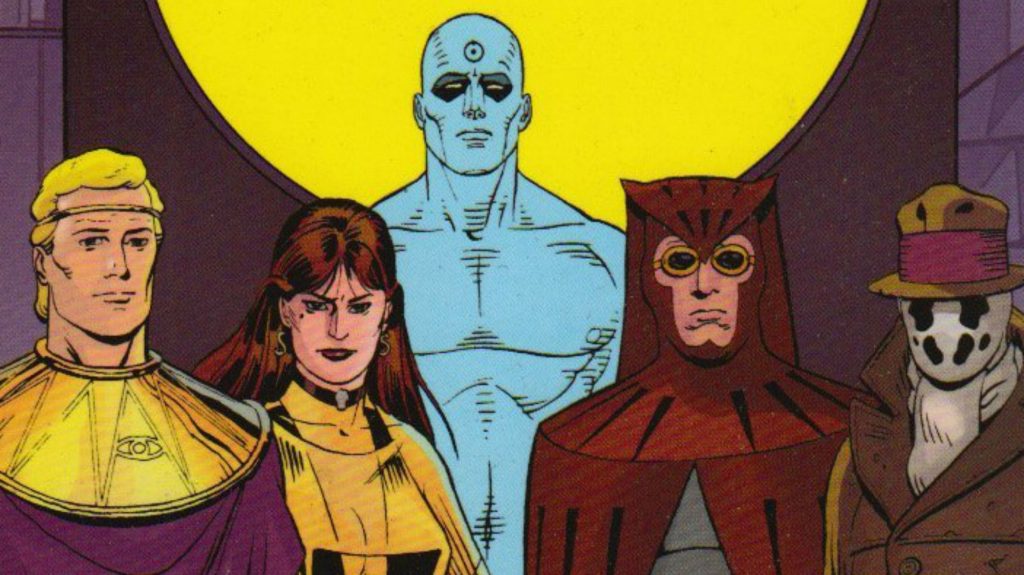
Alan Moore and Dave Gibbons’s Watchmen shattered preconceptions about what a superhero story could be. Rather than providing a simple, black-and-white morality tale, Watchmen paints in shades of gray. It challenges the reader to question societal norms, presenting a world where the very concept of “heroism” is problematic. This seminal work delves deep into the psychology and morality of its characters, transforming superheroes from god-like archetypes into oh-so-human flawed beings. The intricate plot revolves around a murder mystery that expands into a philosophical treatise on power and responsibility.
Alan Moore, an iconoclastic figure from the UK, brought a philosopher’s touch to the comic book realm. Dave Gibbons’ illustrative magic gave life to Moore’s vision, producing a graphic novel that’s a feast for both the mind and the eyes. Their collaboration resulted in a work that transcends its medium, etching itself into the cultural psyche.
Is Watchmen the Best Graphic Novel of All Time?
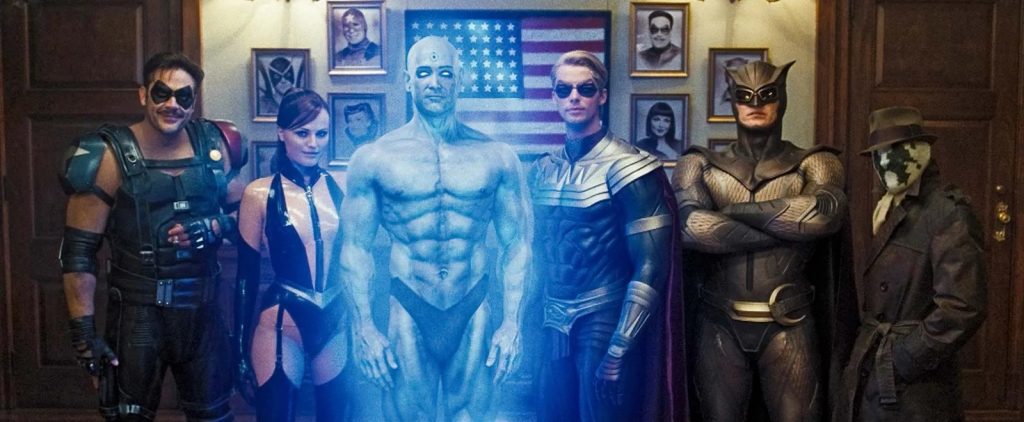
The debate over whether Watchmen is the greatest graphic novel ever written has raged for decades. For many enthusiasts and critics alike, Alan Moore and Dave Gibbons’ masterpiece represents the zenith of comic book storytelling. Its intricate plot, deep character development, and profound themes have led many, including prominent figures like Damon Lindelof, the visionary behind the HBO series adaptation, to consider it an unparalleled achievement in the world of graphic novels.
Zack Snyder, a revered director and a favorite of ours at The Cultured Nerd, took his passion for Watchmen to the big screen in 2009. Snyder’s cinematic rendition brought Rorschach, Dr. Manhattan, and the Comedian to a broader audience, reigniting discussions about the novel’s relevance and intricate narrative.
While the title of “best” is subjective and varies from one reader to another, Watchmen undeniably remains a cornerstone in graphic novel history. For anyone passionate about the medium, it’s an essential read, offering a deep dive into a meticulously crafted universe that prompts readers to question morality, power, and societal constructs.
Maus by Art Spiegelman
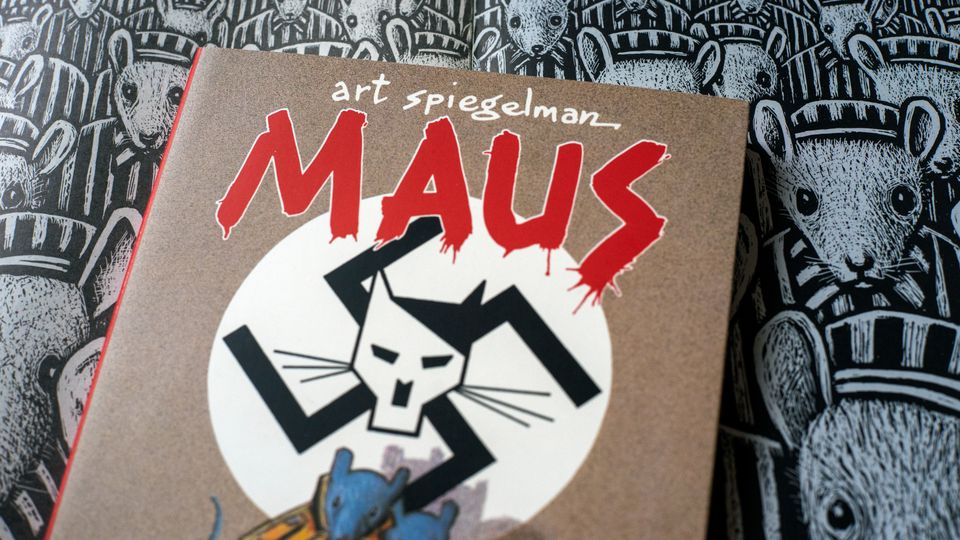
Maus stands as one of the most powerful memoirs ever rendered in graphic form. Published between 1980 and 1991, it’s an account of the author’s father’s experiences during the Holocaust, using anthropomorphic animals to represent different ethnic groups. The choice of mice for Jews and cats for Nazis is more than just a stylistic quirk; it adds an extra layer of commentary on the dehumanization inherent in bigotry.
Art Spiegelman, already an underground comix legend by the time he wrote Maus, changed the landscape of both memoirs and graphic novels. The book won the Pulitzer Prize in 1992, making a resounding statement that the genre could handle the weightiest of human experiences with both grace and power.
The Dark Knight Returns by Frank Miller
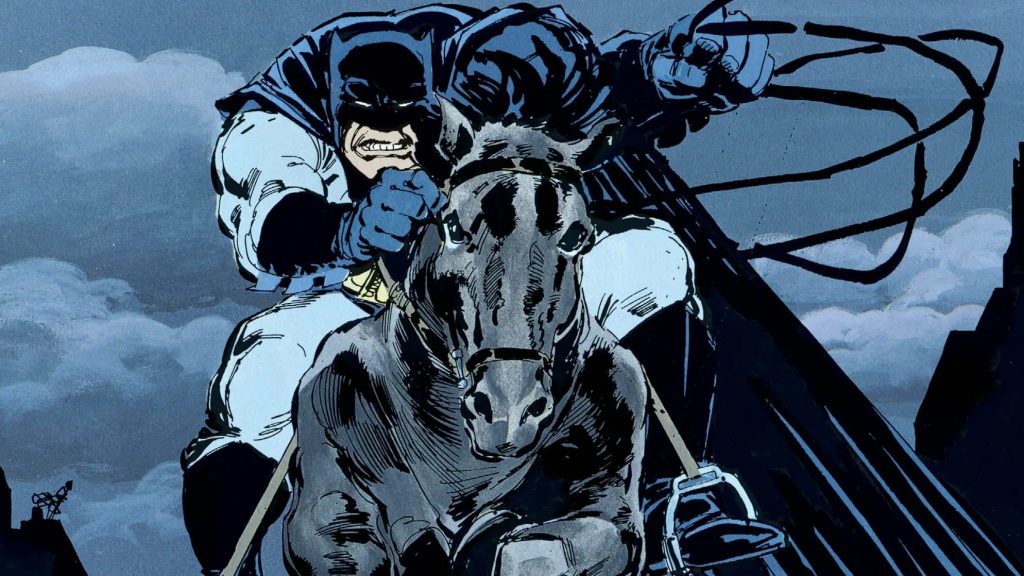
In 1986, the same year Watchmen shook the comics world, Frank Miller released The Dark Knight Returns. This isn’t the Batman of Saturday morning cartoons. Miller’s aging Bruce Wayne is a gritty, complex character grappling with the decline of Gotham City. It tore down and rebuilt the Batman mythos, laying the groundwork for every dark interpretation that followed.
Frank Miller was already a rockstar in the comic world, especially for his work on Daredevil. The Dark Knight Returns was his magnum opus, permanently shifting how we perceive superheroes. It wasn’t just a comic book; it was an exploration of what happens when heroes age and the world around them crumbles.
Sandman by Neil Gaiman
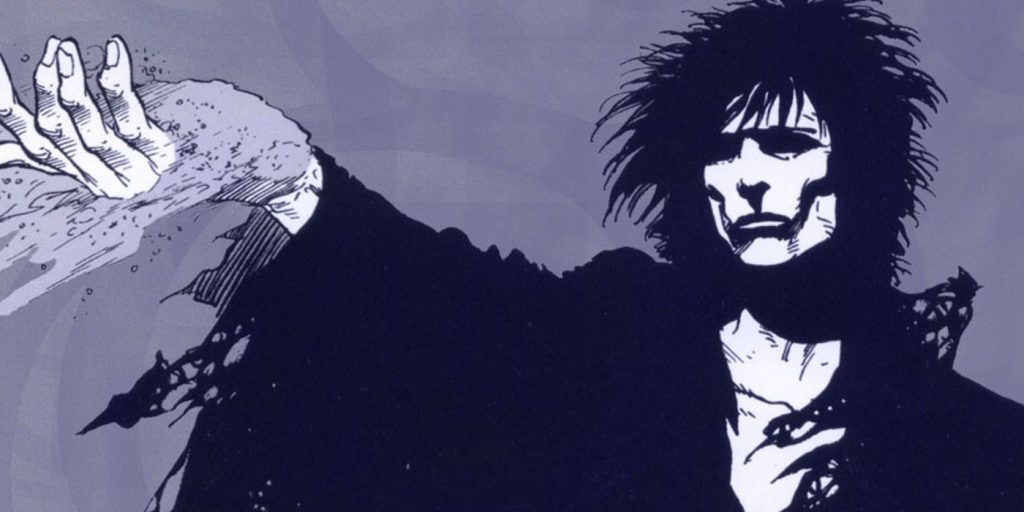
Neil Gaiman’s Sandman isn’t just a story; it’s a sprawling epic that dives into mythology, folklore, and the very concept of storytelling. Launched in 1989, the series centers around Dream, one of the Endless, and his interactions with both the mortal and divine realms. It’s a lyrical, often poetic journey that redefines the scope of what a graphic novel can be.
Gaiman, a British author with a knack for the fantastical, crafts worlds that are both surreal and intimately human. His narrative genius elevates the graphic novel form into the realm of classic literature, engaging with themes that are timeless and universal.
Persepolis by Marjane Satrapi
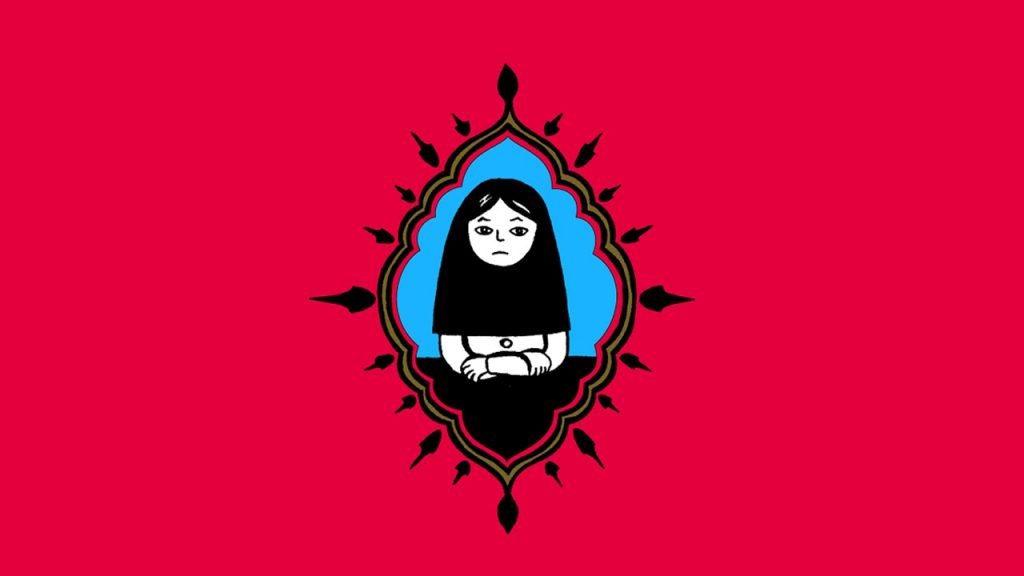
Persepolis, first published in 2000, is Marjane Satrapi’s memoir of growing up in Iran during the Islamic Revolution. It’s an intimate look at a tumultuous period, all through the eyes of a young girl grappling with the complexities of identity, politics, and faith. Satrapi’s stark black-and-white artwork serves as a poignant backdrop to her narrative, underscoring the stark realities she faced.
Satrapi, born in Iran but now a French citizen, took the Western world by storm with Persepolis. The novel, later adapted into an Academy Award-nominated film, has been hailed as a groundbreaking work that bridges cultural divides and illuminates the human side of political strife.
The Best Modern Graphic Novels
The modern era of graphic novels has been marked by an explosion of creativity and diversity. Building on the foundations laid by the classics, contemporary authors and artists have ventured into new territories, exploring varied themes, styles, and genres. The result? A renaissance of narratives continues to push the envelope, making a strong case that the graphic novel’s golden age is right now.
Saga by Brian K. Vaughan and Fiona Staples
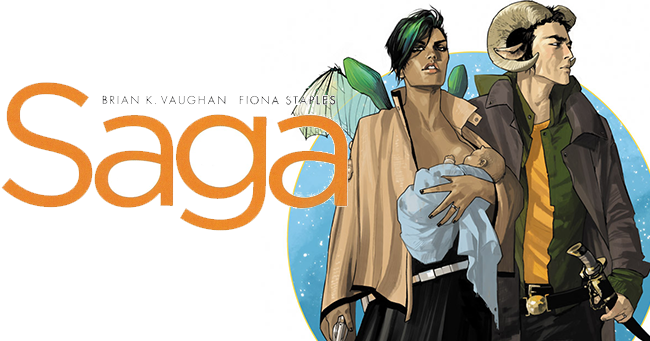
Saga, which began its journey in 2012, is a breathtaking space opera that meshes science fiction and fantasy in a tale of star-crossed lovers from warring worlds. Alana and Marko’s quest to protect their daughter Hazel while on the run from a myriad of threats is filled with unexpected twists, raw emotion, and profound character development.
Brian K. Vaughan, previously known for hits like Y: The Last Man, showcases his unparalleled storytelling prowess in Saga. But it’s Fiona Staples‘ ethereal artwork that elevates this narrative, capturing the alien and the intimate with equal finesse. Together, they’ve created a modern epic that pushes boundaries.
Black Hammer by Jeff Lemire
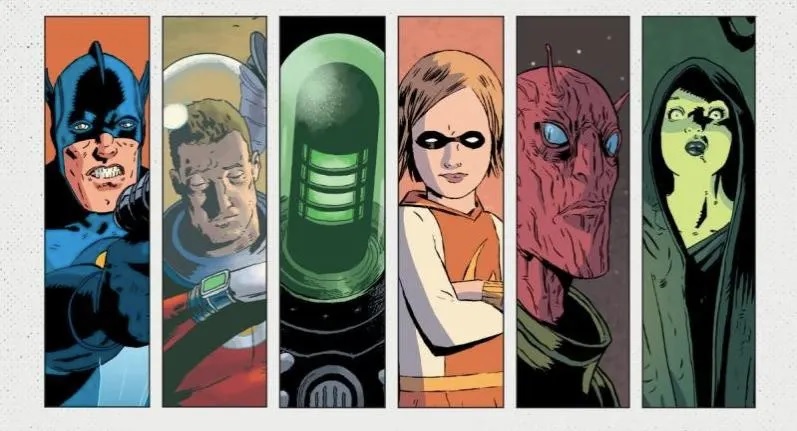
Black Hammer, debuting in 2016, provides a fresh take on the superhero genre. After a cataclysmic event, several heroes find themselves trapped in a mysterious town. As they grapple with their new mundane lives, they yearn for the past, exploring the emotional and psychological costs of heroism.
Jeff Lemire, with his penchant for heart-wrenching tales, crafts a story that’s as much about the human condition as it is about superhuman feats. His approach to storytelling, combined with his evocative illustrations, ensures Black Hammer occupies its own niche in the pantheon of superhero tales.
The Walking Dead by Robert Kirkman

Premiering in 2003, The Walking Dead isn’t just another zombie apocalypse tale. It’s a deep dive into humanity’s psyche when civilization crumbles. As protagonist Rick Grimes tries to keep his group of survivors safe, the series interrogates what it means to remain “human” in an inhumane world.
Kirkman, defying genre conventions, turned The Walking Dead into a cultural phenomenon. It’s not just the relentless undead that captivates readers but the all-too-human drama among the survivors. The success of the graphic novel series also led to a hit TV adaptation and multiple spin-offs, cementing its legacy.
Paper Girls by Brian K. Vaughan
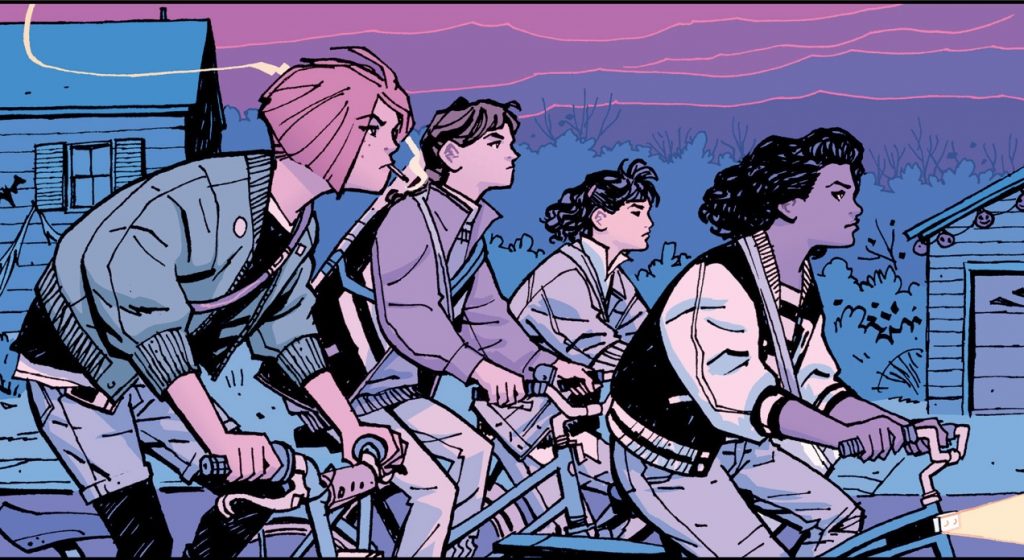
Launched in 2015, Paper Girls offers a nostalgic yet fresh journey, following four 12-year-old newspaper delivery girls. What starts as a typical morning in 1988 quickly spirals into a time-traveling adventure filled with futuristic tech, mysterious creatures, and unexpected twists. It’s a coming-of-age story brilliantly interwoven with the excitement of sci-fi.
While Brian K. Vaughan’s storytelling genius is evident, Cliff Chiang’s vibrant illustrations give the tale its pulse. Together, they craft a narrative that’s both a love letter to the ’80s and an exploration of girlhood amidst chaos.
Monstress by Marjorie Liu and Sana Takeda
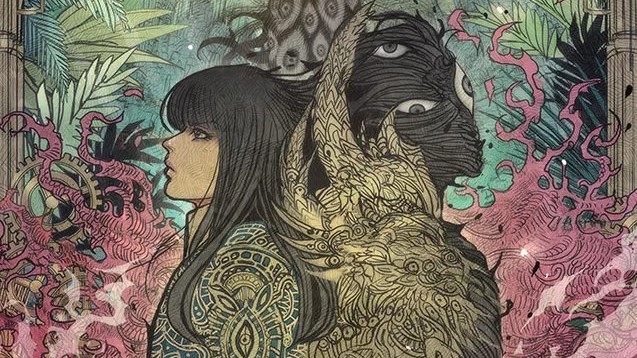
Monstress, beginning in 2015, plunges readers into a matriarchal steampunk Asia filled with magic, war, and monsters. At its heart is Maika Halfwolf, a teenage girl with a mysterious psychic connection to a powerful monster. As she searches for answers about her past, she confronts horrors both external and within.
Marjorie Liu’s intricate narrative combined with Sana Takeda’s lush, detailed artwork results in a world that’s richly imagined and hauntingly beautiful. Monstress stands as a testament to the depth and darkness the graphic novel medium can explore.
The Best Superhero Graphic Novels
Superheroes: they’re more than just capes and catchphrases. The best of them reflect our hopes, our fears, and our complex human nature. These graphic novels don’t just chronicle the adventures of metahumans and vigilantes; they delve deep into the psyche of what it means to be a hero.
Batman: Year One by Frank Miller
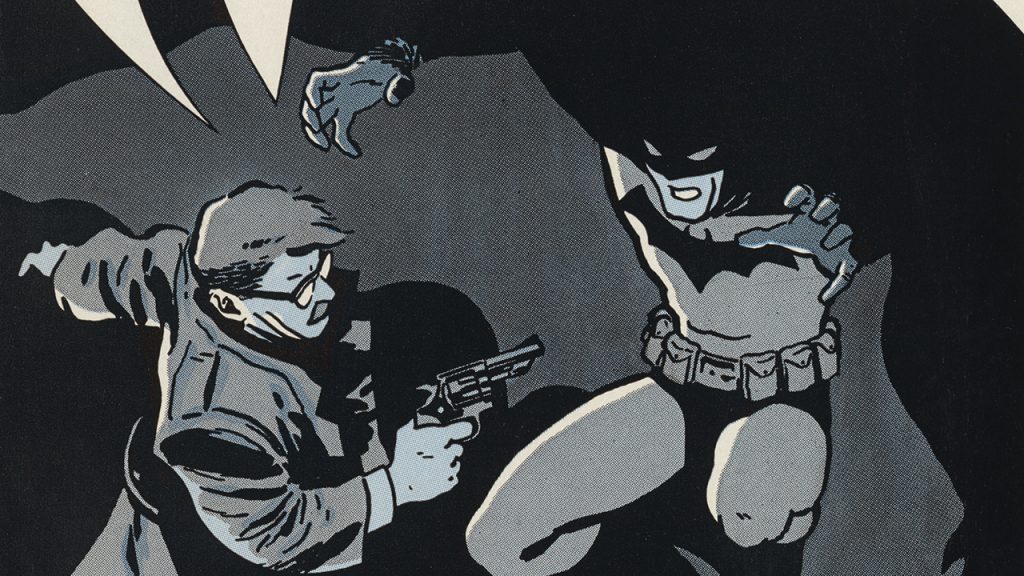
Before the Bat Signal, before the rogues’ gallery of villains, there was Bruce Wayne, a man with a vendetta. Batman: Year One, published in 1987, reimagines the Dark Knight’s origins, painting a grim picture of Gotham and a young Bruce Wayne’s initial foray as the Batman. It’s gritty, real, and raw, presenting a Batman who’s still finding his footing.
Frank Miller, after his groundbreaking work on The Dark Knight Returns, teams up with artist David Mazzucchelli to craft a noir-esque vision of Batman’s early days. Their combined efforts birthed a tale that’s as much about Gotham City’s descent into corruption as it is about one man’s ascent to heroism.
Superman: Red Son by Mark Millar
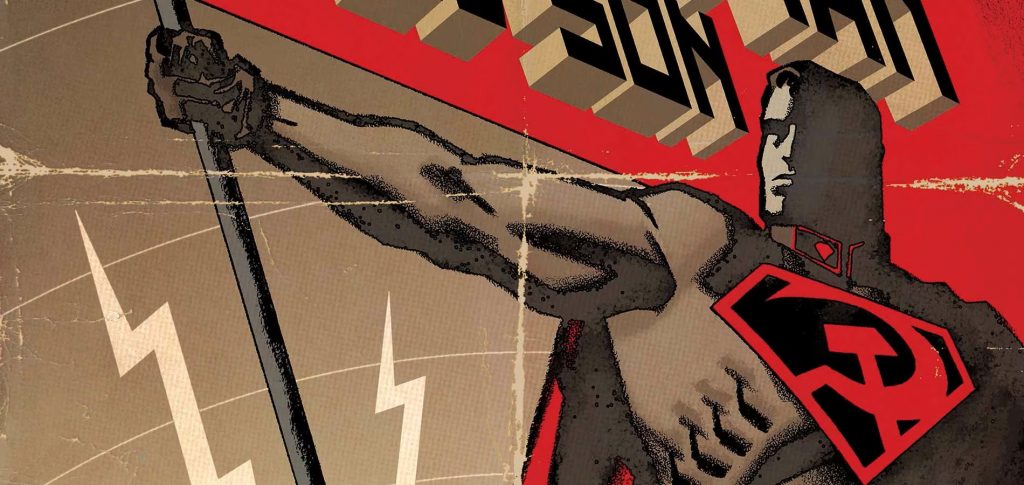
What if Superman‘s spaceship had landed in the Soviet Union instead of Kansas? Superman: Red Son, released in 2003, offers a gripping “Elseworlds” tale that reimagines the Man of Steel as a symbol of Soviet power. It’s a fascinating exploration of nature versus nurture and the malleability of legends based on geopolitical shifts.
Mark Millar, known for his innovative takes on established characters, delves into the core of what makes Superman tick. By placing him in a drastically different cultural and political context, Millar questions the foundations of heroism and ideology.
All-Star Superman by Grant Morrison
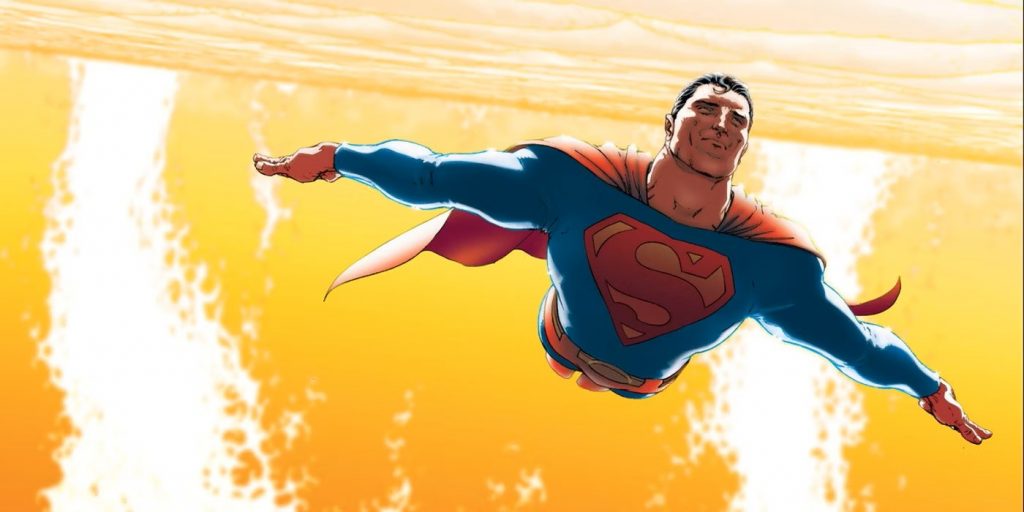
All-Star Superman, debuting in 2005, is a testament to the enduring spirit and timeless appeal of Superman. When faced with the news of his impending death, the Man of Steel embarks on a series of heroic feats, solidifying his legacy. It’s a love letter to the character, embracing all the quirks and qualities that make Superman iconic.
Grant Morrison, with his signature meta-narrative style, joins forces with Frank Quitely, whose detailed and expressive art brings Metropolis to life. Together, they craft a story that transcends typical superhero tales, capturing the essence of hope and heroism embodied by Superman.
Daredevil: Born Again by Frank Miller
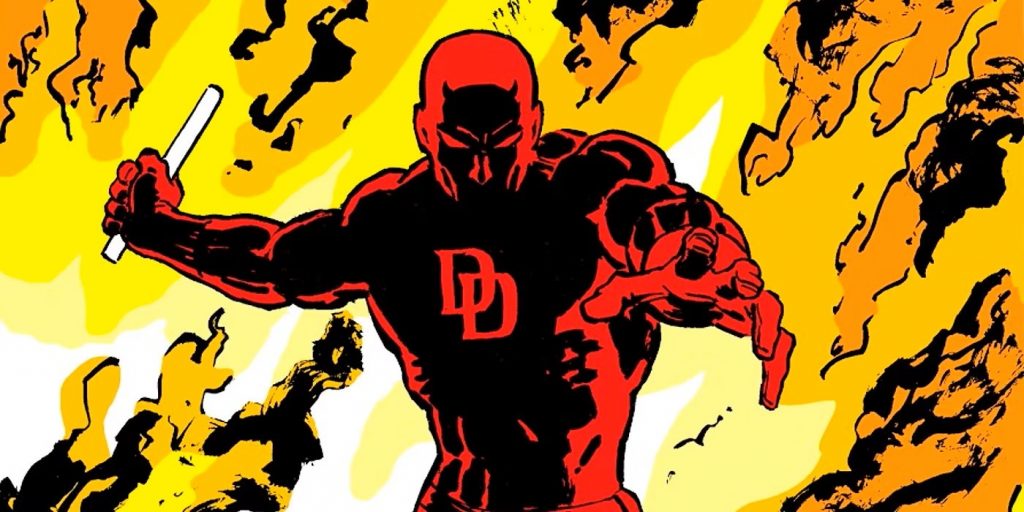
1986’s Daredevil: Born Again is a defining moment in the Daredevil saga. Matt Murdock‘s life unravels when his nemesis, Kingpin, discovers his secret identity. This is not just a tale of superhero battles but a deeply personal journey of redemption, faith, and resilience.
After their seminal work on Batman: Year One, Miller and Mazzucchelli team up once again to reinvent another iconic hero. Their Daredevil is a blend of the gritty streets of Hell’s Kitchen and the internal turmoil of a man tested beyond his limits.
Spider-Man: Kraven’s Last Hunt by J.M. DeMatteis
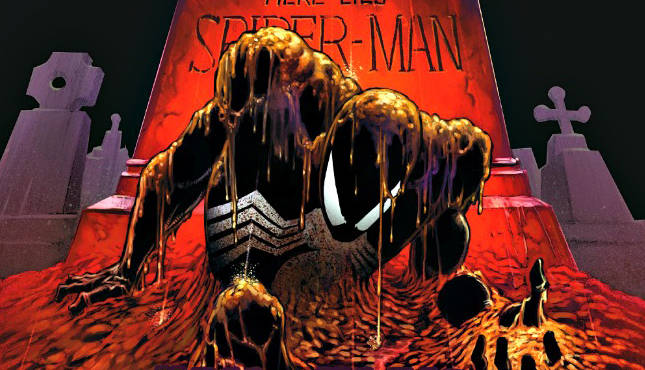
In 1987, Spider-Man faced one of his darkest hours in Kraven’s Last Hunt. The story delves deep into the psyche of Kraven the Hunter, who, after capturing Spider-Man, seeks to prove he’s the superior Spider-Man. It’s a tale of identity, obsession, and the line between hero and villain.
J.M. DeMatteis crafts a narrative that’s as introspective as it is action-packed, exploring the duality of both Spider-Man and Kraven. Mike Zeck’s haunting illustrations perfectly capture the story’s grim tone, making it one of Spider-Man’s most memorable arcs.
Closing Thoughts
The world of graphic novels is vast, rich, and continuously evolving. From the pioneering classics that redefined storytelling to the modern masterpieces pushing the boundaries of the medium, each title we’ve explored offers a unique lens into the human experience. Whether they’re tales of heroes and villains, personal memoirs, or fantastical epics, these graphic novels resonate because they capture truths about our world and ourselves.
At The Cultured Nerd, we believe that graphic novels are more than just entertainment—they’re an art form, a medium of expression, and a testament to the power of visual storytelling. Whether you’re a seasoned fan or new to the genre, there’s always a story waiting to captivate, challenge, and inspire.
Dive in, explore, and let the world of graphic novels enrich your imagination.
FAQs
What is the difference between a graphic novel and a comic book?
While both graphic novels and comic books use a combination of illustrations and text to tell a story, they differ primarily in length and depth. Comic books are generally shorter, serialized publications, while graphic novels are longer, often standalone works that offer a more complete narrative, similar to a novel.
Can graphic novels be considered literature?
Absolutely. Graphic novels, like traditional novels, can explore complex themes, character developments, and intricate storylines. Their visual element further enhances the narrative, offering a unique storytelling medium. Many graphic novels have been recognized with prestigious literary awards, highlighting their significance in the literary world.
Are graphic novels only for children?
While many graphic novels are tailored for younger audiences, the medium spans all age groups. Numerous graphic novels are designed for teens and adults, addressing mature themes, complex narratives, and sophisticated artwork. Like any other literary form, graphic novels cater to a wide range of readers.
What is the most popular graphic novel of all time?
Popularity can be measured in many ways, from sales to critical acclaim. Titles like Watchmen, Maus, and Persepolis are often cited among the most influential and widely-read graphic novels. However, the answer can vary based on individual preferences and the criteria used for measurement.
Are graphic novels suitable for classroom use?
Definitely. Graphic novels can be a powerful educational tool. They cater to visual learners, can make complex subjects more accessible, and can foster a love for reading. Many educators incorporate graphic novels into their curriculum to enhance engagement and deepen comprehension.

